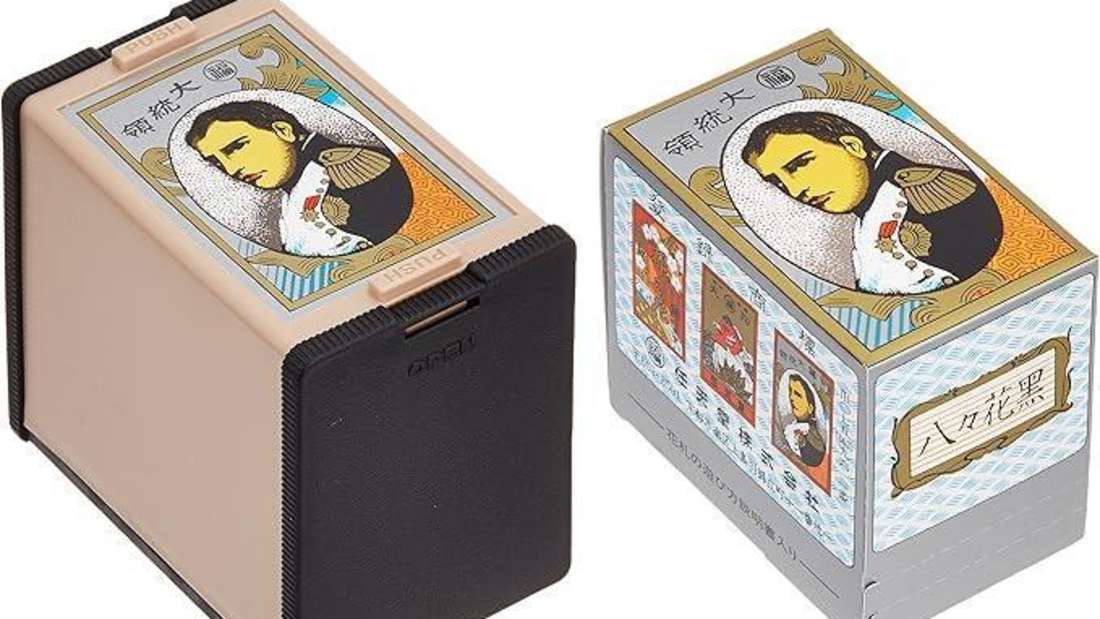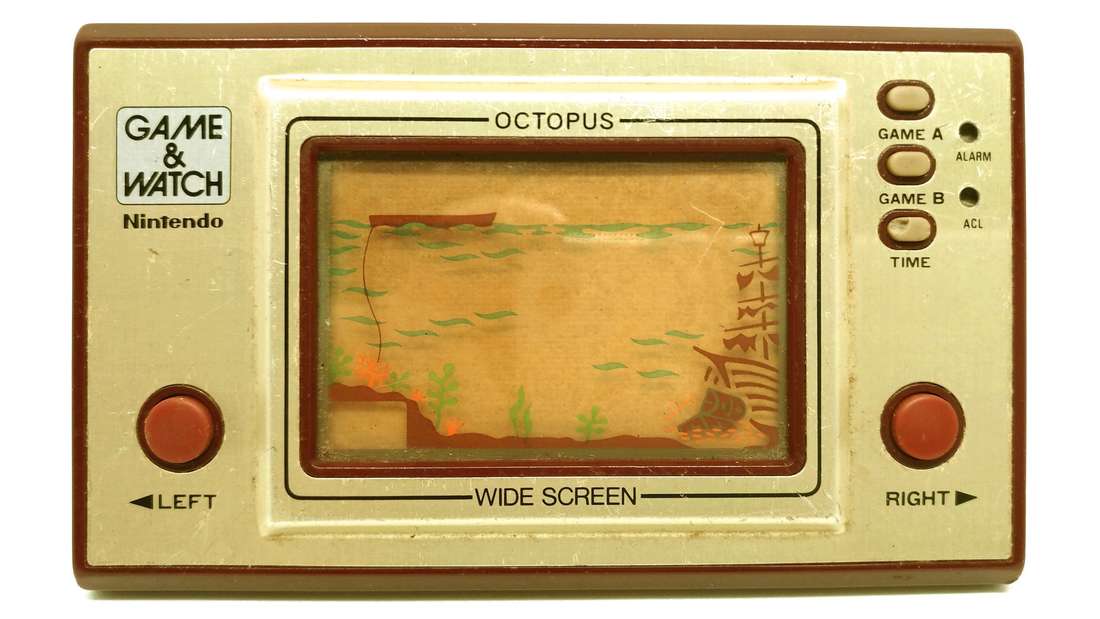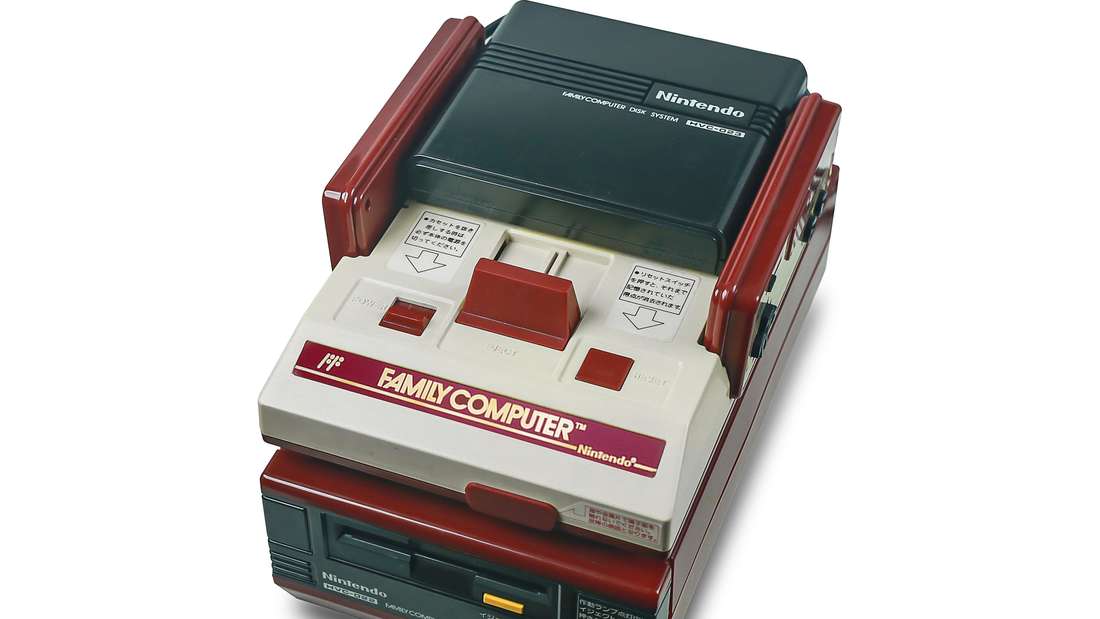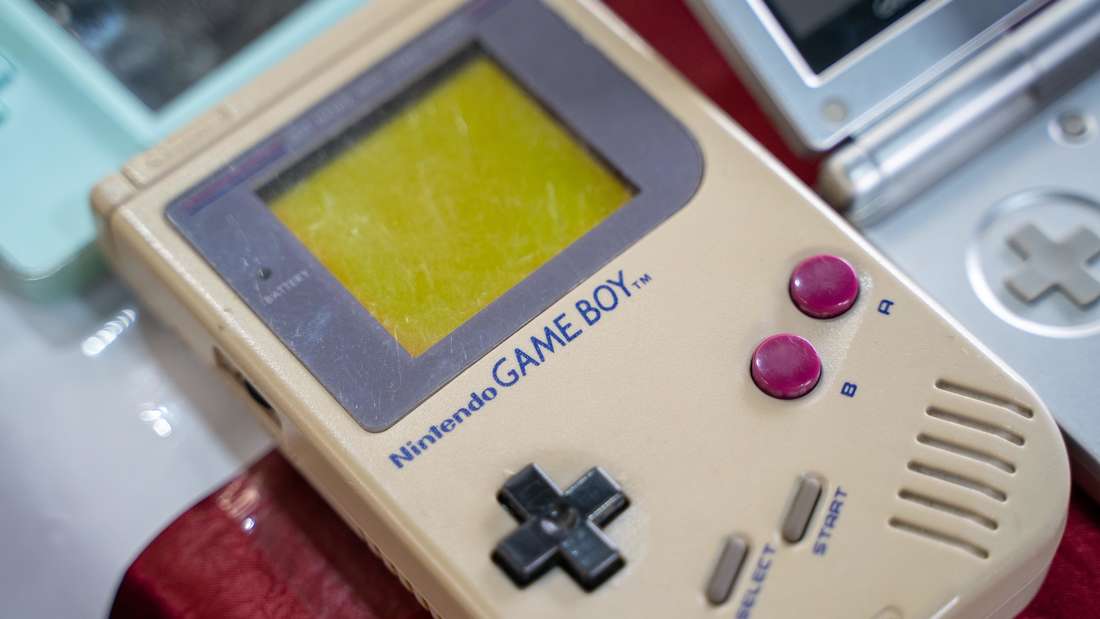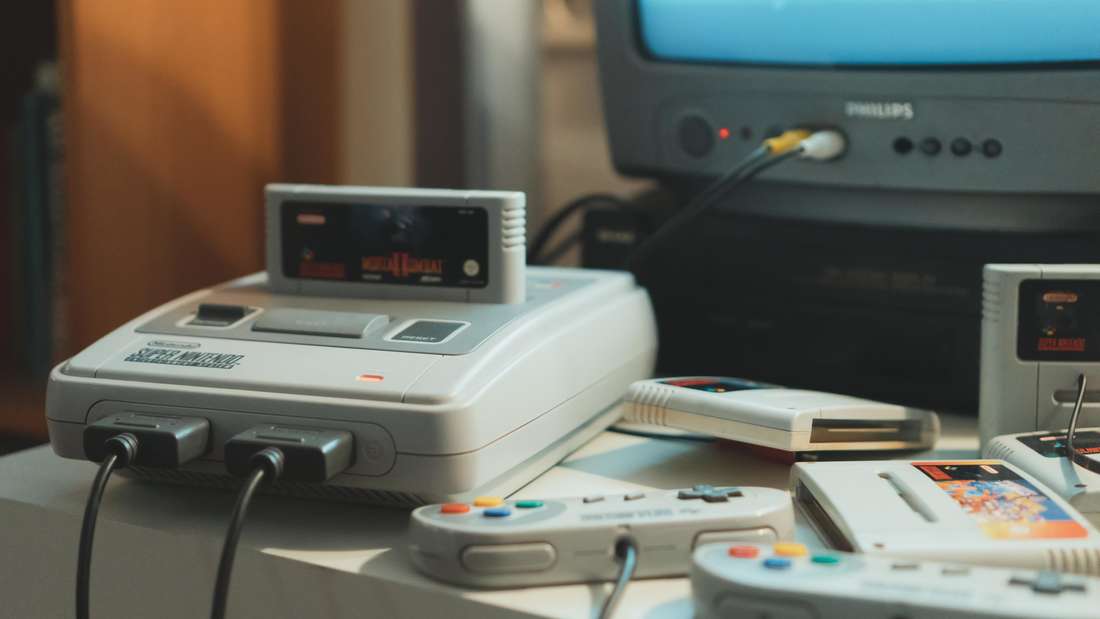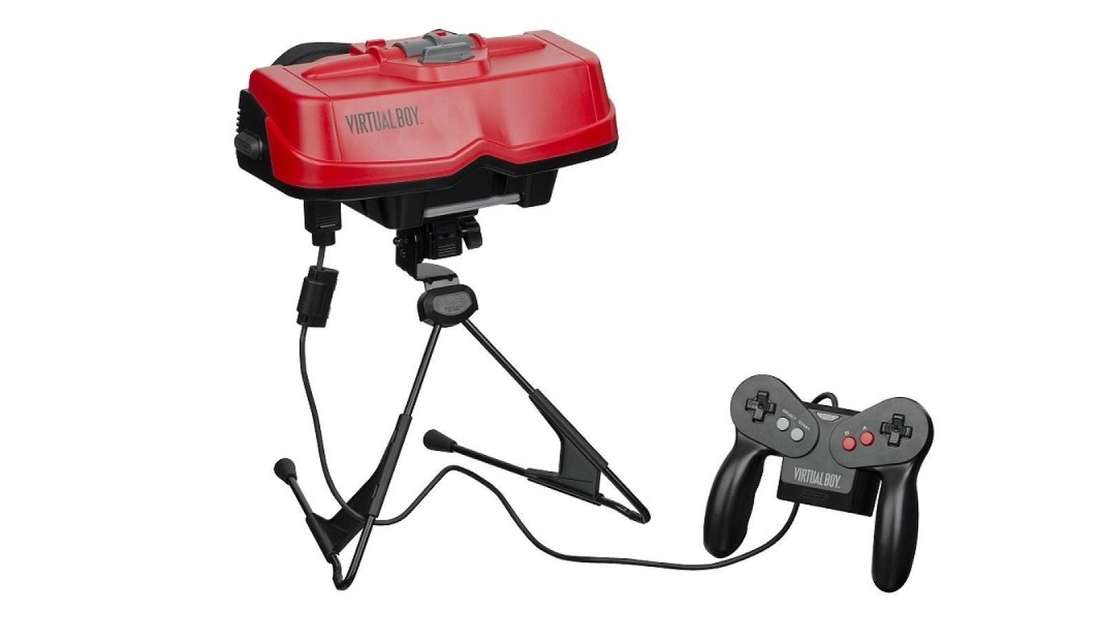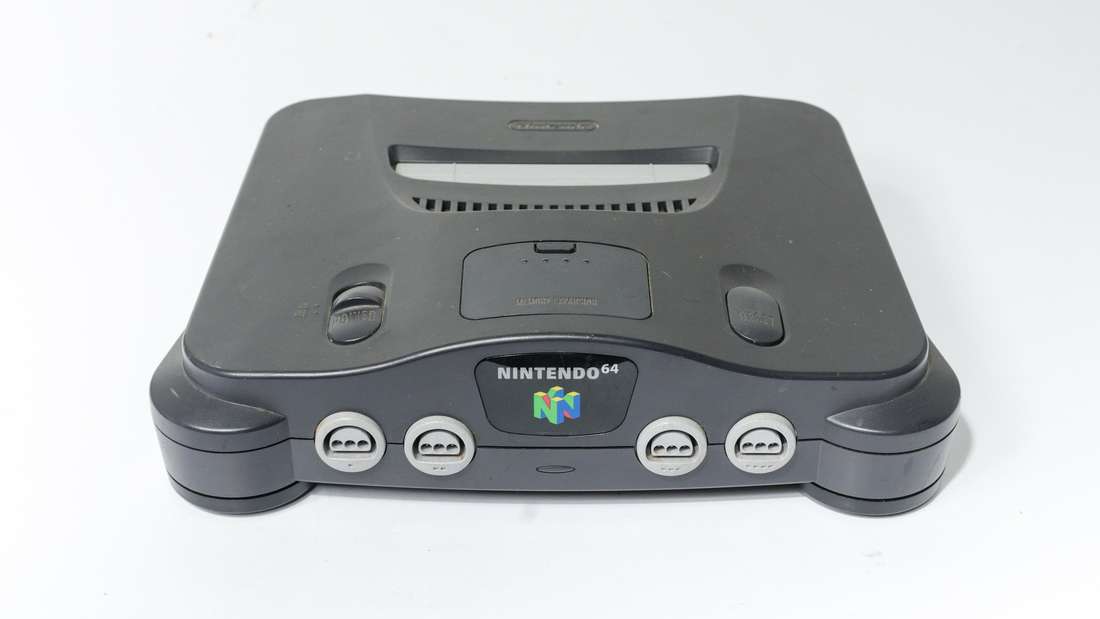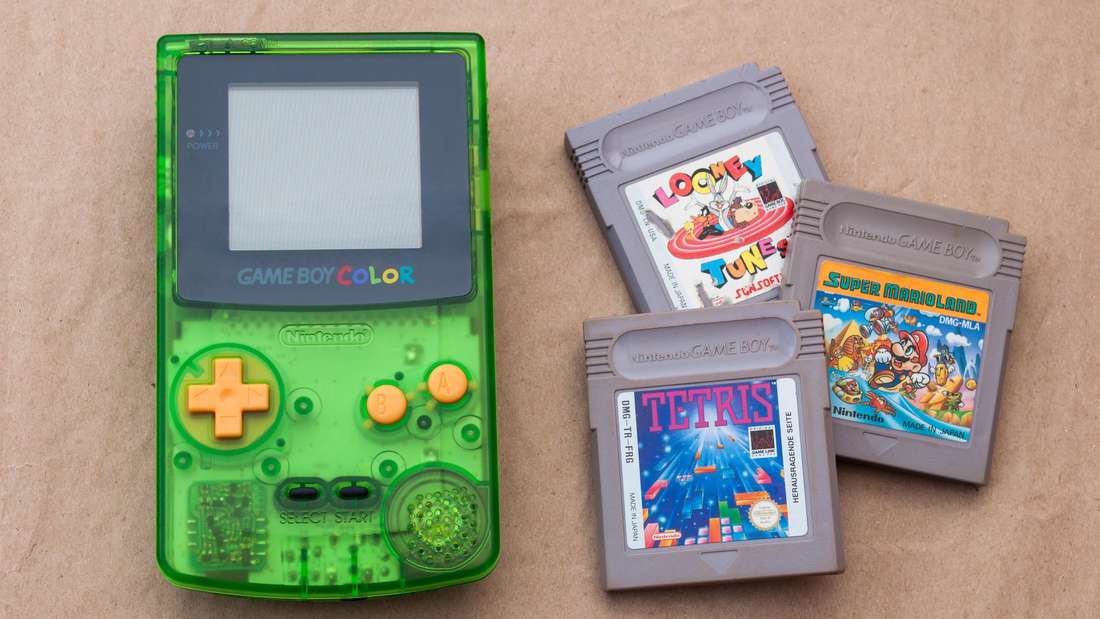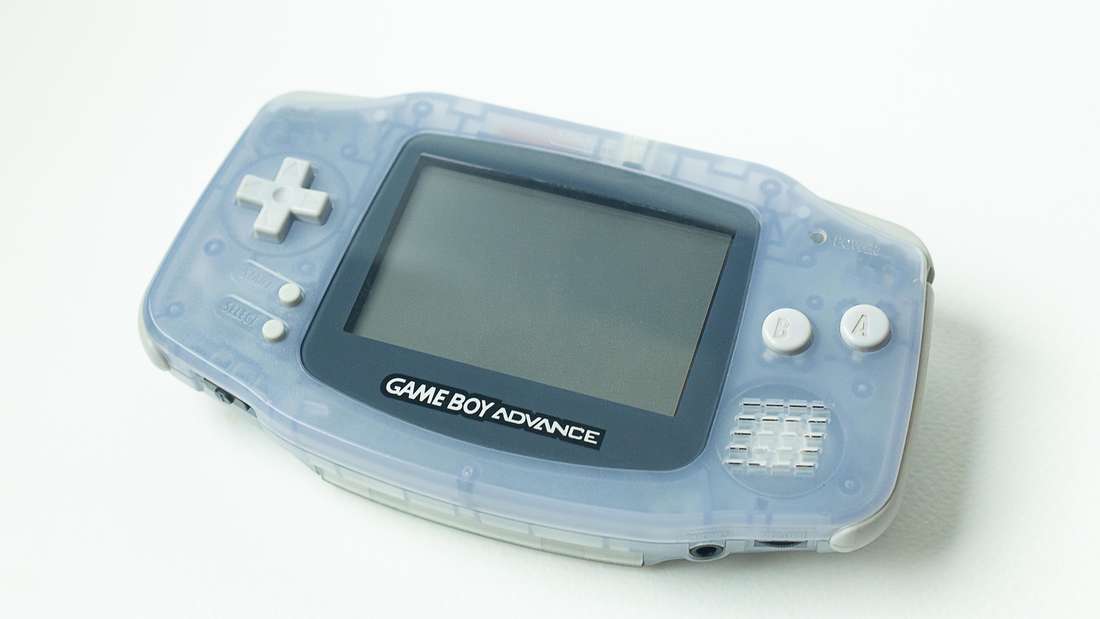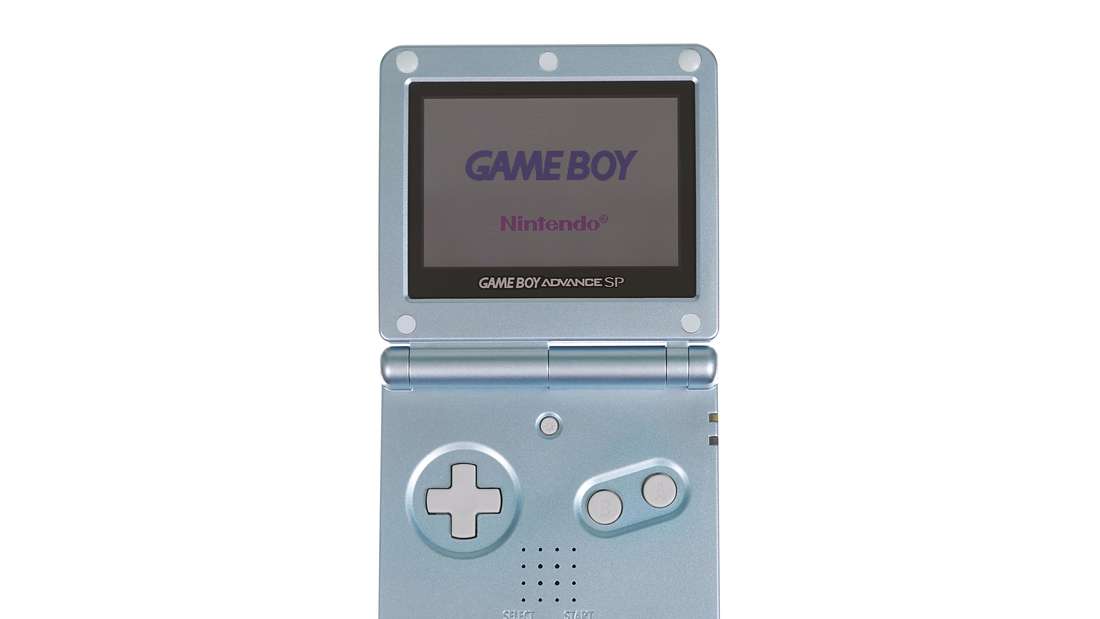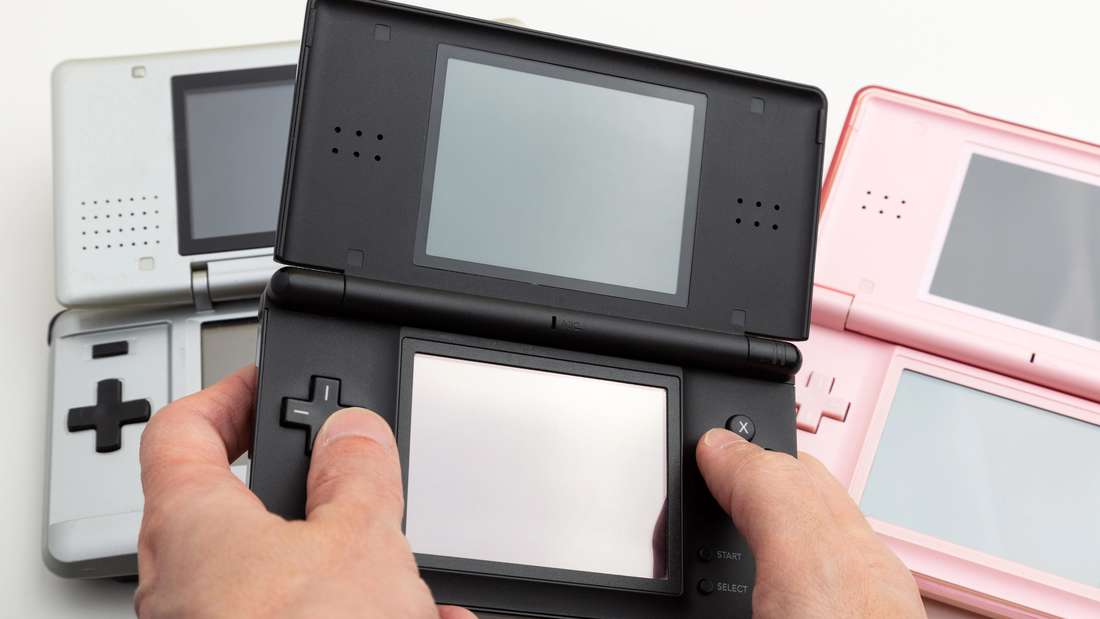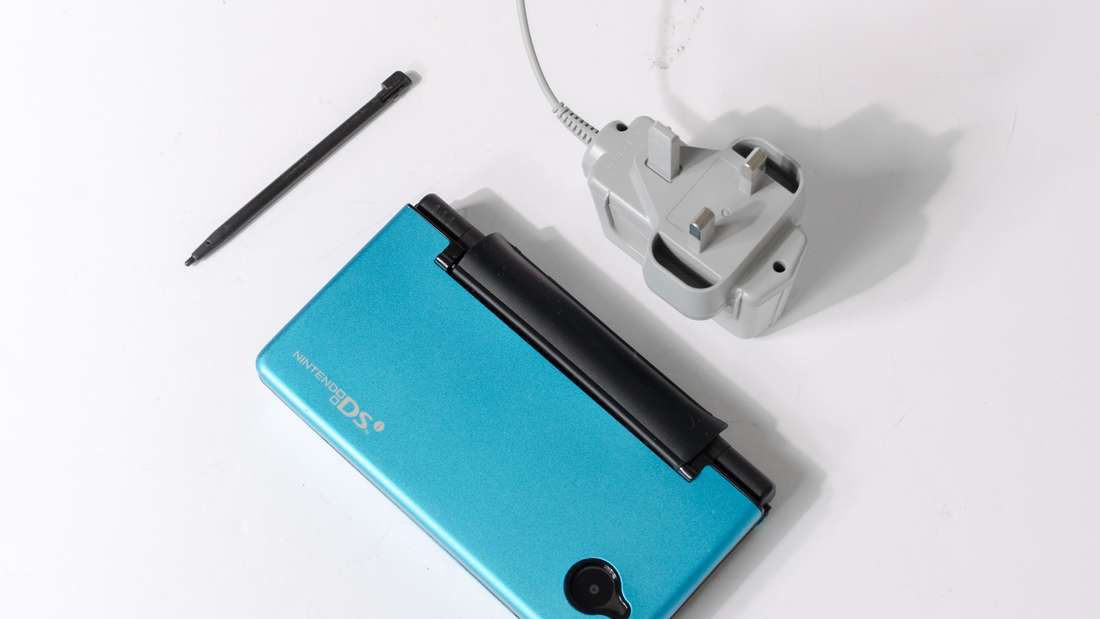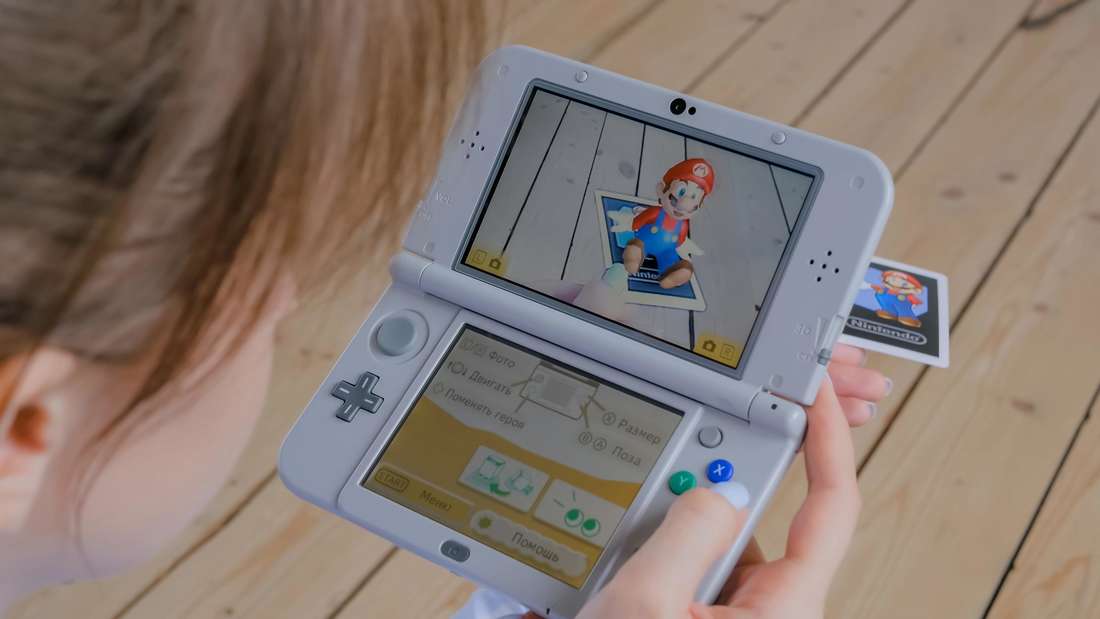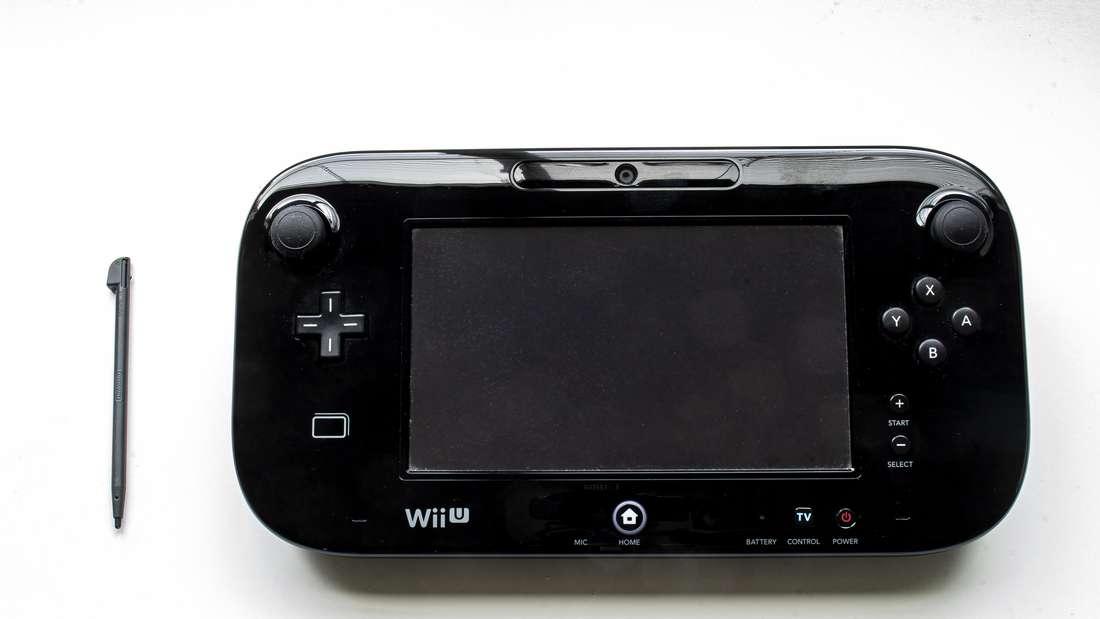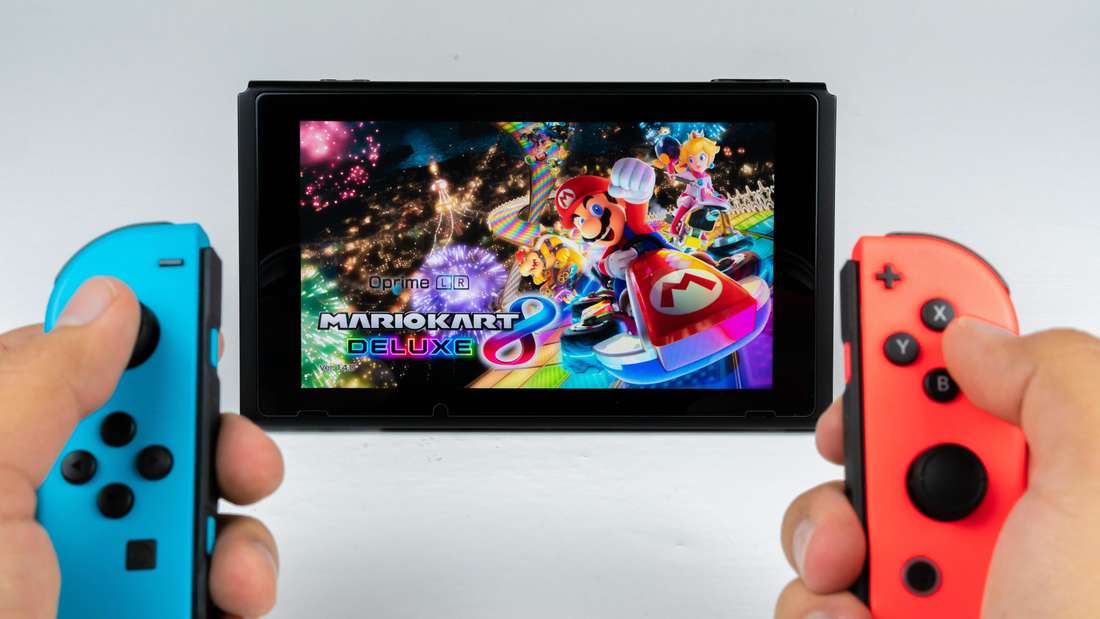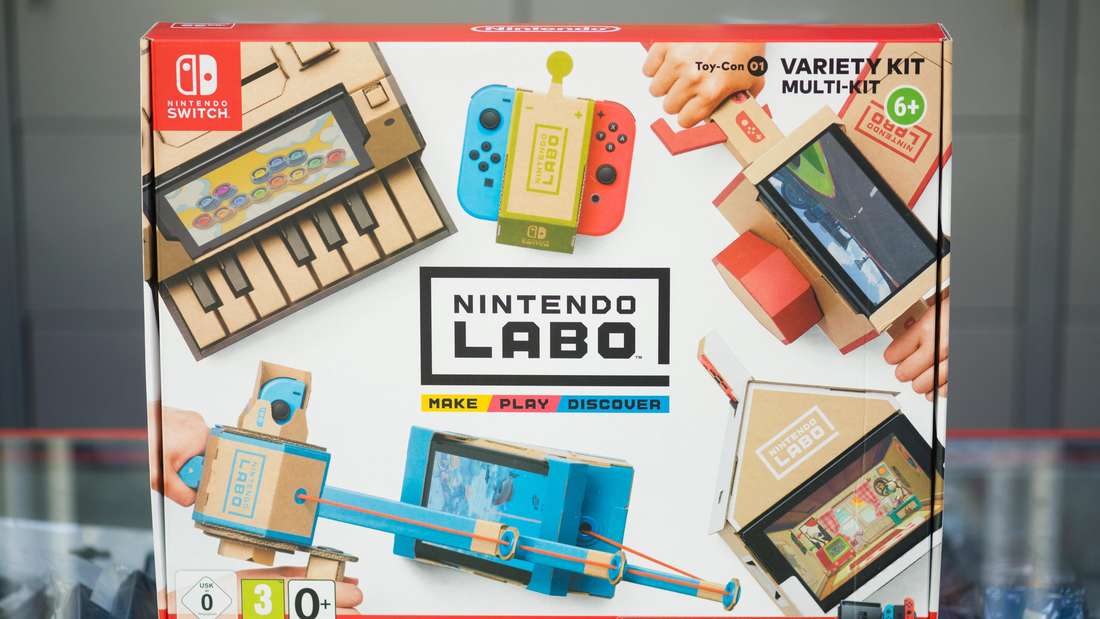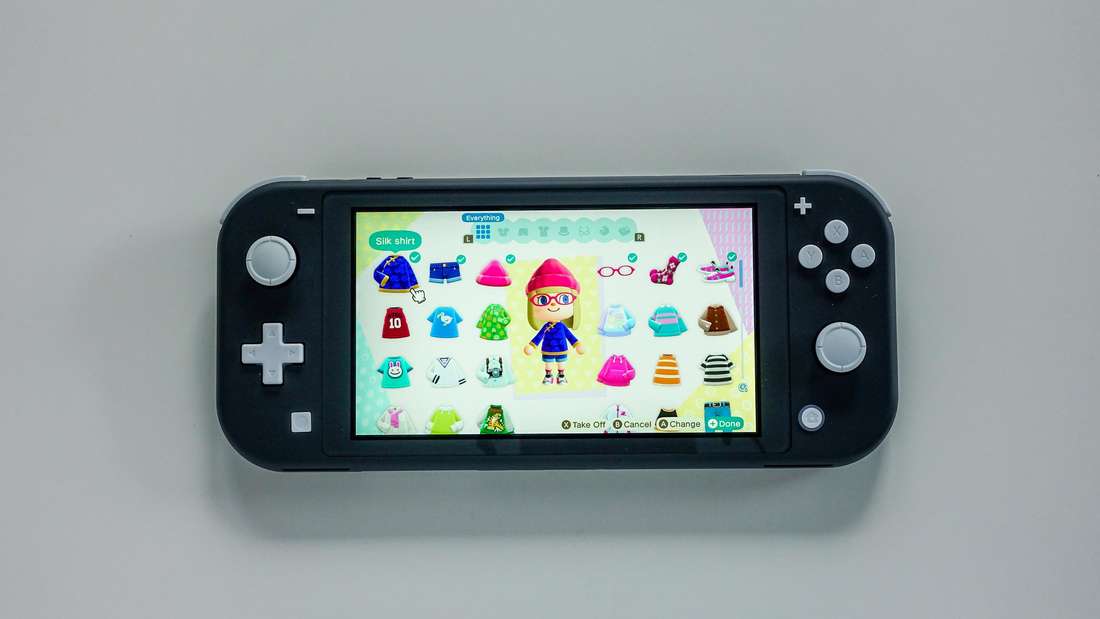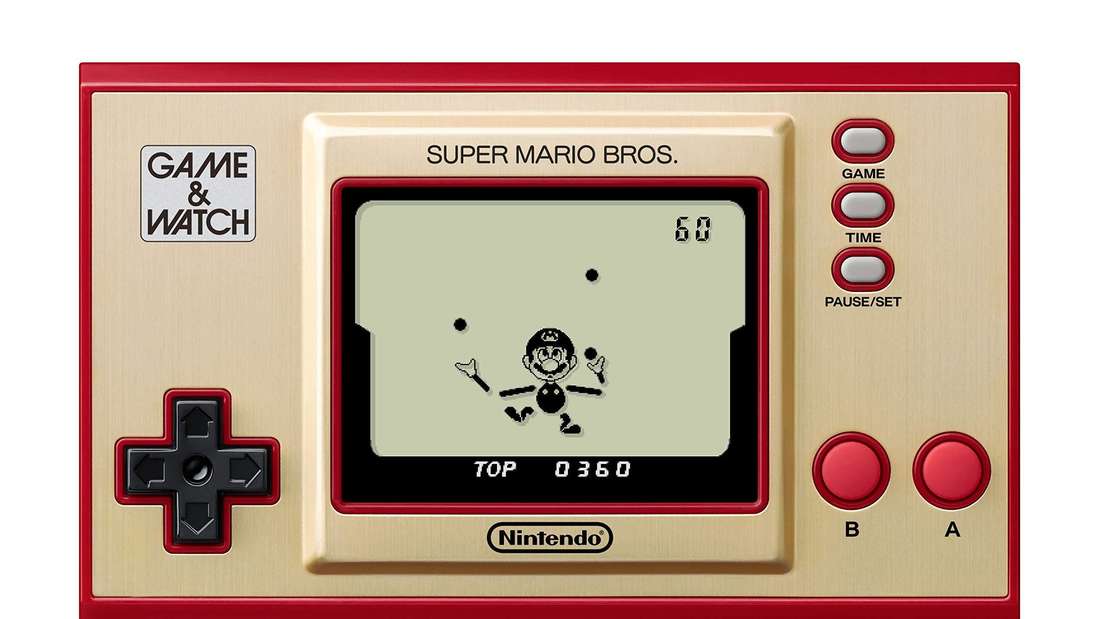ingame Gaming
Stand: January 9, 2025, 8:28 a.m
Comments
Nintendo shaped the gaming world like no other company. This photo series shows 25 milestones that made every console a cult.
1 / 25 Nintendo Playing Cards (1889): Nintendo began in 1889 as a manufacturer of Hanafuda cards used for gambling in Japan. Fusajiro Yamauchi relied on hand-painted designs and high quality. Starting in the 1950s, Hiroshi Yamauchi introduced Disney themes to reach a wider audience. These cards were Nintendo's first step towards becoming a global brand, long before video games. © Nintendo
2 / 25 Color TV Game (1977): Nintendo entered the video game business in 1977 with the Color TV Game series. The stationary consoles offered simple games such as Pong variants. The “Color TV Game 6”, which contained six game modes, was particularly successful. These early devices were an important test run for Nintendo's entry into the gaming world. © Nintendo
3 / 25 Game & Watch (1980): The Game & Watch series was Nintendo's first line of portable game consoles. It offered individual games on LCD screens, combined with a clock. Developed by Gunpei Yokoi, it became a worldwide success and spawned classics such as “Donkey Kong”. It laid the foundation for later handheld success. © IMAGO / Depositphotos
4 / 25 Famicom (1983): The Famicom, short for Family Computer, was Nintendo's first home console and was a huge success in Japan. It laid the foundation for the NES in the US. With games like Super Mario Bros. and Excitebike, the Famicom conquered living rooms and revolutionized the industry. © IMAGO / xDreamstimexSunplus60
5 / 25 Nintendo Entertainment System (1983/1985): The NES revolutionized the video game industry after the crash of 1983. It set new standards with hits like “Super Mario Bros.” and “The Legend of Zelda.” The console brought the modular system and Nintendo's focus on quality into the living room - a worldwide success. © IMAGO / Depositphotos
6 / 25 The Game Boy (1989): With the Game Boy, Nintendo brought portable gaming to the masses. The monochrome display wasn't a problem, as games like "Tetris" and "Pokémon" caused worldwide enthusiasm. Robust, affordable and innovative, it became an icon of handheld gaming. © IMAGO / Depositphotos
7 / 25 Super Nintendo Entertainment System (1990/1992): The SNES brought 16-bit gaming into the living room. It established itself as a milestone thanks to an impressive game library with titles like Super Metroid and Donkey Kong Country. The console showed what is possible graphically and playfully. © IMAGO / Depositphotos
8 / 25 Virtual Boy (1995): The Virtual Boy was a brave but failed attempt to popularize 3D gaming. Technical limitations and inconvenient design led to poor sales. Despite the flop, Nintendo learned from it and later broke new ground with the N64. © Nintendo
9 / 25 Nintendo 64 (1996): The Nintendo 64 introduced gamers to the world of 3D gaming. It set new standards with games like “Super Mario 64” and “The Legend of Zelda: Ocarina of Time”. The innovative controller and module technology caused a stir. © IMAGO / Depositphotos
10 / 25 Game Boy Color (1998): Nintendo brought color to handheld gaming with the Game Boy Color. Backwards compatibility with older Game Boy games and hits like Pokémon Gold and Silver made it a huge success. © IMAGO / Depositphotos
11 / 25 GameCube (2001): The GameCube relied on mini DVDs and impressive graphics performance. Games like Super Smash Bros. Melee and Metroid Prime became cult classics. Despite competition from Sony and Microsoft, it was popular with fans. © IMAGO / Depositphotos
12 / 25 Game Boy Advance (2001): The Game Boy Advance brought 32-bit gaming to your pocket. With titles like “Mario Kart: Super Circuit” and “Golden Sun,” he showed that mobile gaming is serious. Its clear graphics thrilled fans worldwide. © IMAGO / Depositphotos
13 / 25 Game Boy Advance SP (2003): The Game Boy Advance SP brought clamshell design to handheld gaming. In addition to a backlit screen, it impressed with its compact design. Perfect for on the go and a big step in the evolution of the Game Boy. © IMAGO / Depositphotos
14 / 25 Nintendo DS (2004): The Nintendo DS combined touchscreen technology with dual screens. Games like “Nintendogs” and “Brain Age” appealed to new target groups. With over 150 million units sold, it became one of the most successful consoles. © IMAGO / Depositphotos
15 / 25 Game Boy Micro (2005): The Game Boy Micro was a miniature version of the Game Boy Advance and fit in every pocket. Despite its small size, it offered the same performance as its predecessor. With interchangeable front panels, it was particularly stylish, but remained a niche product. © IMAGO / Depositphotos
16 / 25 Nintendo Wii (2006): The Wii brought movement to gaming and thrilled gamers of all ages. Titles like “Wii Sports” became global phenomena. It introduced innovative controls and sold over 100 million units. © IMAGO / Depositphotos
17 / 25 Nintendo DSi (2009): The DSi was a further development of the DS with new features such as cameras and an app store. It offered more storage space and digital downloads, making it a pioneer for Nintendo's later online strategies. Despite small changes, it was an important step. © IMAGO / Depositphotos
18 / 25 Nintendo 3DS (2011): The 3DS introduced 3D gaming without glasses. He set new trends with games like “Animal Crossing: New Leaf” and “Pokémon X/Y”. Despite a rocky start, it was a huge success. © IMAGO / Depositphotos
19 / 25 Wii U (2012): The Wii U experimented with a second screen, but the message didn't resonate with many gamers. Nevertheless, it laid the foundation for the later Nintendo Switch and brought great games like “Splatoon”. © IMAGO / Depositphotos
20 / 25 Nintendo Switch (2017): The Switch revolutionized gaming by combining stationary and mobile functions. With hits like “The Legend of Zelda: Breath of the Wild” it became a worldwide success and set new standards. © IMAGO / Depositphotos
21 / 25 Nintendo Labo (2018): Gaming got creative with Nintendo Labo. Players could build accessories like fishing rods or pianos out of cardboard that interacted with the Switch. It was an innovative concept that combined creativity and fun and was particularly well received by families. © IMAGO / Depositphotos
22 / 25 Switch Lite (2019): The Switch Lite was aimed at mobile gamers. Compact, light and without a docking function, it was perfect for on the go. Despite the lack of Joy-Con features, it impressed with the same game library as the big Switch. © Imago / Depositphotos
23 / 25 OLED Switch (2021): With an OLED display and improved speakers, the new Switch offered a more immersive gaming experience. The larger, high-contrast screen was ideal for on the go and showed that Nintendo was relying on higher quality hardware. © IMAGO / Depositphotos
24 / 25 Nintendo Mini Consoles: The mini consoles brought back classics. With pre-installed hits like “Super Mario Bros.” and “The Legend of Zelda,” they awakened nostalgic feelings in players and enabled a new journey into the past. © IMAGO / Depositphotos
25 / 25 Game & Watch: Super Mario Bros. (2020): For the 35th anniversary of “Super Mario Bros.”, Nintendo released a modern Game & Watch version. It combined nostalgia with modern technology and was a sought-after collector's item for fans from the very beginning. © Nintendo Nintendo is more than just a brand - it's a legend. The company has been inspiring people with innovative ideas and iconic consoles for over 130 years. From the Famicom, which triggered the gaming boom in Japan, to the revolutionary Game Boy to the modern Nintendo Switch: each console represents a milestone in gaming history. This photo series takes you on a journey through 25 fascinating hardware moments that made Nintendo a legend.
Also interesting
